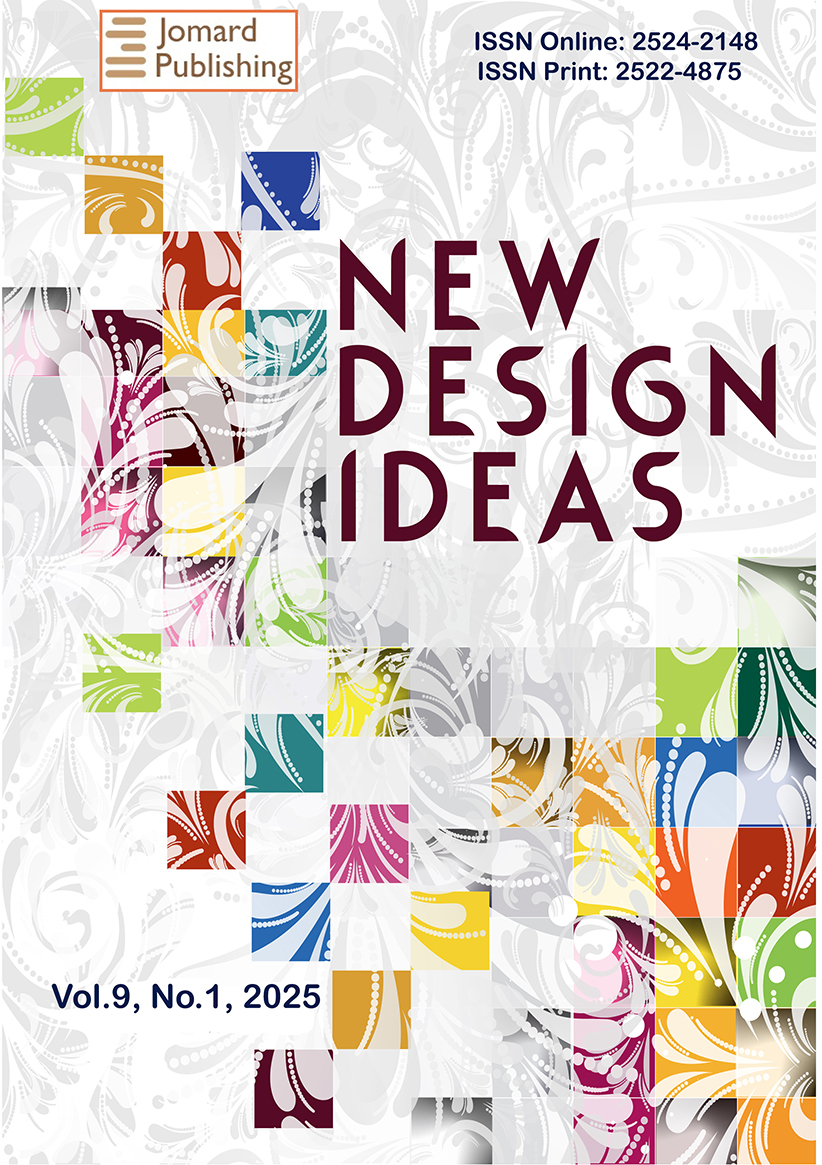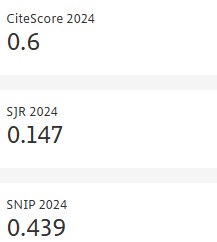TOWARDS THE FUTURE OF VAASTU SHASTRA: A SCIENTIFIC INQUIRY IN TO DESIGN IMPLEMENTATION ENABLING CULTURAL CONTINUITY
- Published: 02-04-2025
Share
Traditional knowledge and the resultant constructed environment retain the design culture and tradition that underpin everyday human activity. The traditional knowledge systems in India comply with ancient building science like vaastu shastra. As an active building science practice in India, cultural continuity ensured even now through vaastu shastra and it is necessary to examine the adaptability, according to the changing needs of such traditional systems in the contemporary era. Vaastu shastra interpreted as a design culture and design standardization with a participatory approach that leads to a well-planned traditional built environment. This paper investigates the design methods and its scientific rationality in traditional domestic architecture as it emerged from ancient building science like vaastu shastra. Vaastu shastra is more in alignment with symbolism and cosmology, thus it guides the design practice even to the local artisan level. The discussion brings insights into how cosmological symbolism can support the implementation of design thoughts aligned with vaastu shastra building science. The paper concludes the significance of cosmological symbolism in the vaastu shastra science and in order to highlight the subject's continuity over time, a design process and related scientific knowledge are ascertained.
- View 929
- Downloads 164
- Saveds 0
- Citations (Crossref) 0


